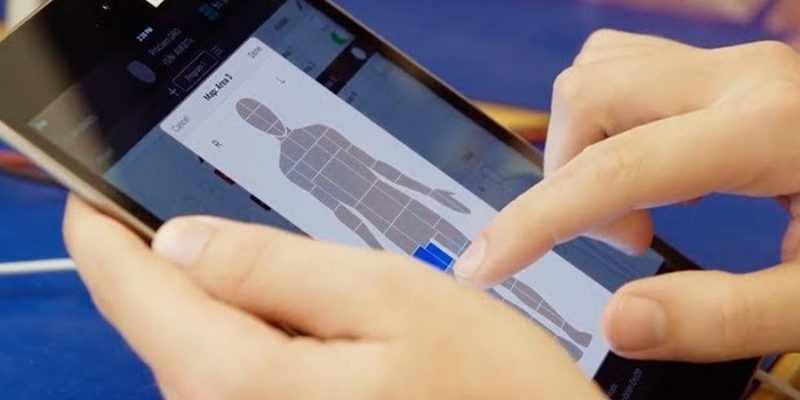
Here is a list of 10 topmost advanced technologies to fight and eliminate chronic pain
Health tracking devices and electronic health records combined with AI and Machine Learning (ML) technologies will not only pave the way for efficient chronic disease management but will also lead to the emergence of efficient clinical decision support systems. Chronic pain is a major public health issue across the world. The complex, multidimensional, & multifaceted nature of chronic pain necessitates the development of new tools and technologies to better understand the interaction between neural targets as well as stimulation patterns, mechanisms involved, and spinal/supra-spinal neural signatures, as well as to meet the needs of patients and physicians.
Emerging technologies in the field of pain management are:
1. HEAT Pain Pro TENS Device:
This over-the-counter gadget relieves acute and chronic joint and muscular pain by combining heat and transcutaneous electrical nerve stimulation (TENS). TENS works by transmitting electrical pulses over the skin and along nerves, thereby blocking pain signals from reaching the brain. Furthermore, electrical stimulation might cause the release of endorphins which are natural pain relievers.
2. Radiofrequency Ablation Devices:
The heat generated by medium frequencies alternating current (350-500 kHz) is used in radiofrequency (RF) treatment to denervate tissues in the peripheral nervous system. Radiofrequency catheter ablation is what it’s termed when it’s done with a catheter. Radiofrequency ablation is a less invasive procedure that can be used instead of surgery.
The need for radiofrequency therapy is increasing due to a rise in chronic pain issues and a growing worldwide elderly population.
3. ActiPatch
Actipatch is an electroceutical device that employs electromagnetic fields to modify efferent nerve activity, hence reducing chronic pain perception in the brain. The gadget sends 1 kHz impulses into the painful tissue, which prevents the brain from adjusting to the stimuli.
4. BurstDR Stimulation:
Unlike earlier varieties of SCS (Spinal Cord Stimulator), this new physician-designed version of SCS delivers “bursts” of pulses that replicate normal nerve impulse patterns inside the body. This burst mode was created to keep the body from growing acclimated to SCS therapy and establishing a tolerance toward chronic pain, which is a major side effect of SCS.
5. Virtual Reality:
Patients are immersed in a full-body sensory experience in virtual reality settings as an attempt at chronic pain management. They vary from movies and maybe even games viewed on a screen in that they need a higher level of engagement and immersion, as well as a greater level of brain activity.
6. Quell:
The Quell gadget from NeuroMetrix is a band that fits around your upper calf and looks like a blood pressure cuff. The gadget does not use any pharmaceuticals; instead, it sends electrical impulses to your body, which cause it to manufacture naturally occurring molecules (endogenous opioids) that block nerve signals that cause pain, eventually leading to chronic pain. In other words, the gadget aids in the activation of your body’s natural pain-control mechanism.
7. IoMT:
Internet of Medical Things (IoMT) has a lot of potential for improving the health of individuals with chronic illnesses. Remote monitoring, analytics, and mobile platforms have consistently reduced readmissions of high-risk congestive heart failure (CHF) patients by more than half.
8. AI (Artificial Intelligence):
The availability of massive data to train prediction algorithms, which aid (rather than replace) human clinicians, foster curiosity-based thinking, enable cooperation, and remove routine activities, thereby improving chronic pain treatment, will accelerate the application of AI in healthcare.
9. Sana:
The Sana mask incorporates FlowState technology, which uses “light and sound impulses to restore a balance in brain-wave patterns”, thereby masking the chronic pain.
10. Oska Pulse:
Oska Pulse employs pulsed electromagnetic field (PEMF) technology to accelerate your body’s natural recuperation process by emitting energy at different wavelengths. In medical situations, such as post-surgical recovery and cancer therapy, this sort of technology is widely employed to reduce the aftermath of chronic pain. PEMF has been shown to aid with pain in the foot, lower back, knees, and other areas.



















